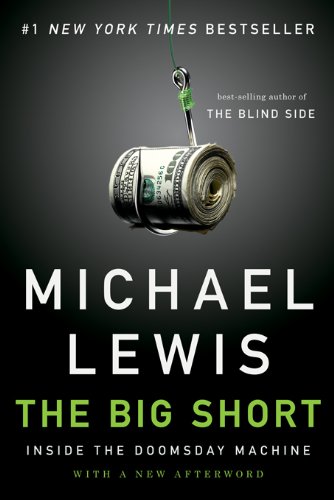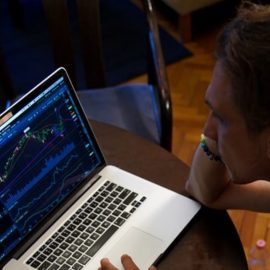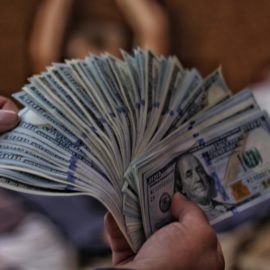

This article is an excerpt from the Shortform summary of "The Big Short" by Michael Lewis. Shortform has the world's best summaries of books you should be reading.
Like this article? Sign up for a free trial here .
What is a tranche in finance? How did they change the mortgage-backed securities market and make subprime loans desirable to investors?
A tranche is a slice or portion of a security sold to investors.
Learn how tranches work in finance, what their role in mortgage-backed securities is, and how they revolutionized these securities so quickly and dramatically that they laid the groundwork for the 2008 financial crisis.
Pre-Tranche Mortgage-Backed Securities
Before we discuss tranches, let’s define mortgage-backed securities and look at why they were undesirable before divided into tranches, or levels.
Mortgage-backed securities brought the world of high finance into the lives of everyday Americans—even if they had no idea how much their homes had become chips on the table in the vast casino of global finance. A mortgage-backed security was a bundle of home mortgages (often running into the thousands) that had been packaged together into a tradable asset. When an investor purchased one, she was purchasing the cash flows from the individual home mortgages that made up the security.
Many investors at this time, in fact, shied away from them because the cash flows were undesirable. During this era, the bonds were made up of rock-solid mortgages to creditworthy homeowners who were in little risk of default. Ironically, this was the original problem that investors had with these securities. Borrowers could always pay off their mortgages any time they wished, and it was usually easiest for them to do so in a low-interest environment. Because interest was low, investors didn’t make much money from these borrowers.
What Is a Tranche? Making Securities Appealing
What is a tranche? It was Wall Street’s workaround to this problem. Instead of buying the whole bundle, investors could purchase a slice of the underlying mortgages (or “tranche” as they would become infamously known). Investors in the lowest tranche would receive the first wave of repayments (again, when this cash influx was least valuable). To compensate for the untimely cash flow, these investors would receive a higher interest rate from the bank on the tranche that they purchased.
The tranches ran on a sliding scale all the way to the top. Top-level (top tranche) investors would receive the last wave of mortgage repayments, presumably when interest rates were high and the new influx of cash would be of greatest value. These investors received the lowest rate of interest but enjoyed the security of knowing that they would be getting their money back at the time when it was worth the most.
But the whole structure of bond tranches created a perverse incentive: mortgages made to un-creditworthy borrowers could actually be worth more than mortgages made to qualified borrowers. If your biggest fear as an investor in mortgage-backed securities was that you’d be repaid too early, the last thing you wanted to see in your portfolio was a bunch of financially secure, stable, low-risk mortgages. You wanted high-risk mortgages that stood little chance of being repaid early. Such borrowers wouldn’t qualify for refinancing that would enable them to pay off their mortgages when interest rates fell. They would instead be on the hook for the entire life of the mortgage—making them the ideal borrowers for mortgage-backed security investors.
According to the theory behind these new bonds with tranches, even if a few people in the mortgage pool did default (as they invariably would), there were enough other mortgages for the bundle as a whole to be considered diversified—and thus, a safe and profitable investment.
Tranche Definition
In summary, what does tranche mean? A tranche in finance is a slice of a loan or security. Tranches made mortgage-backed securities much more appealing, and their rise in popularity contributed to the 2008 financial crisis.
———End of Preview———

Like what you just read? Read the rest of the world's best summary of "The Big Short" at Shortform . Learn the book's critical concepts in 20 minutes or less .
Here's what you'll find in our full The Big Short summary :
- How the world's biggest banks contributed to the 2008 financial crisis, greedily and stupidly
- How a group of contrarian traders foresaw the bubble popping, and made millions from their bets
- What we learned from the 2008 crisis - if anything






